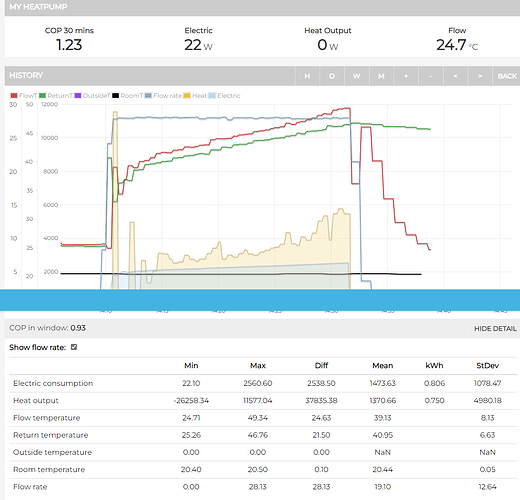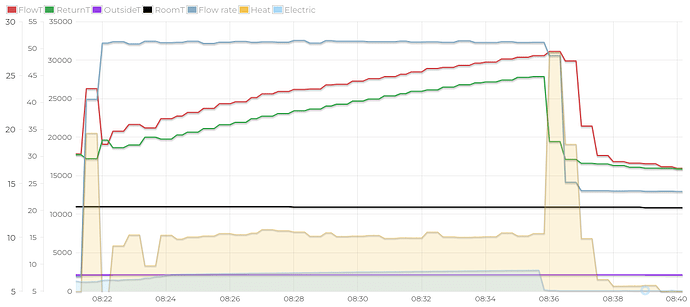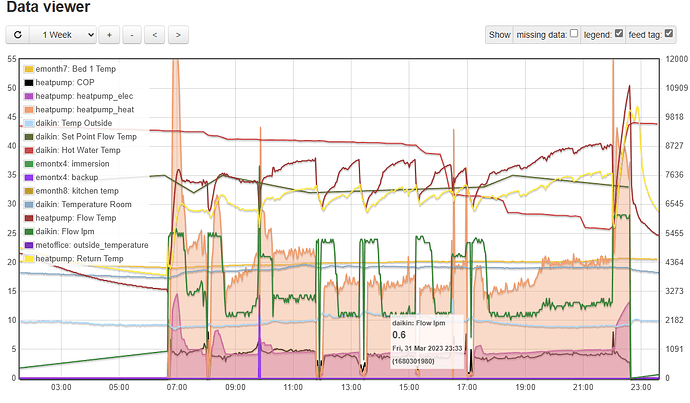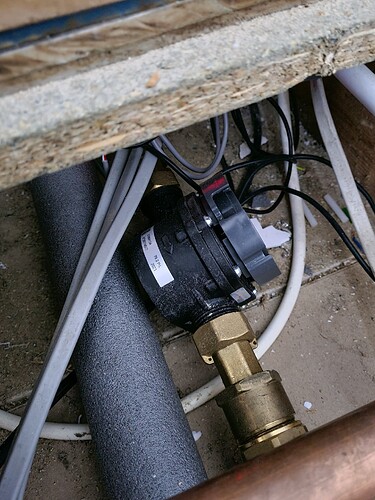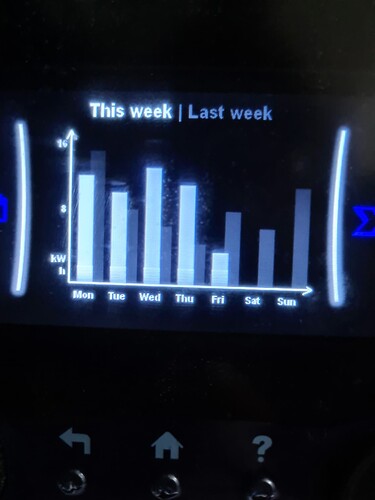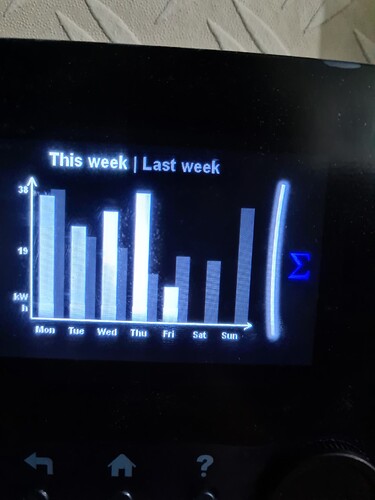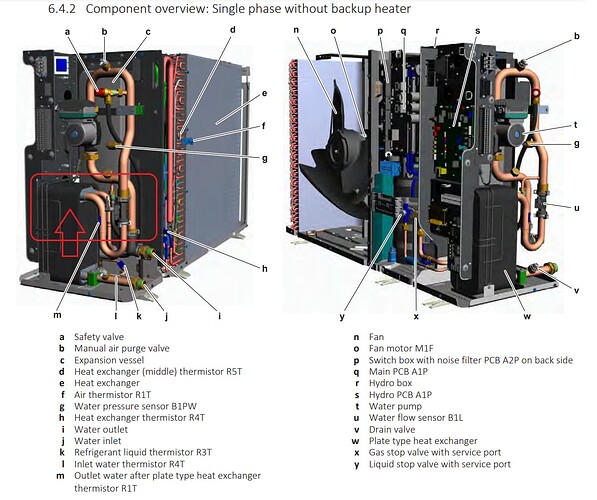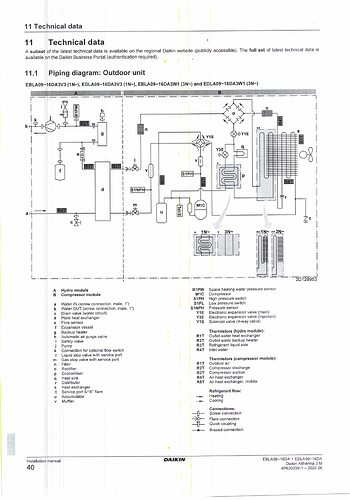I tried running higher flow temperatures with pure weather compensation which may well be ok for efficiency.
The problem is that it is like an uncontrolled nuclear reaction in slow motion! The temperature of the house just runs away and increases and increases. The heat loss of the house is lower than the minimum output of the heat pump at those outdoor temperatures.
And that really is my problem concerning efficiency. The heat pump heats the house well and the electricity consumption is nothing to get alarmed about.
My conclusion is that my heat pump is too big, my heat loss is too low and my radiators are too small for the heat pump.
So I could buy a smaller heat pump, which was tempting for a while.
Live with what I have.
Or increase my radiator sizes and increase the heat loss., which is what I intend to do.
That should mean I end up with everything about right.
And the added heat loss is not important so if needs be I can cut that off to have heat for the house if really needed.
I more than half expected the radiators were not right and I was always sure that the heat pump was too big. Despite my ignorance displayed at the beginning of the topic where I had forgotten and neglected to take account of the radiator sizes I did know it. I think my disappointment was clouding my thinking.
Again, the monitoring and the help received from people here are invaluable.
For this I blame Octopus at the moment unless I find out other information to contradict my assessment when I will quite happily eat my words. I particularly blame the heat loss survey and the planning of the installation. I also blame the lack of setup assistance for which I also accept some blame as I thought I only really needed to set up a WD curve.
The installation itself is good and the price was good, although not really an influence for me, I would have had another installer if I could have found one.
However, despite the price, and I paid what I was I asked to pay, that does not give a company the right to install heating equipment that doesn’t work as it should.
I feel sorry for customers, of any installer, where they are not as engaged or knowledgeable enough to realise that something is wrong.
Those customers have been short changed and will probably never even know. They will just assume that’s how heat pumps are and in the worst cases damage the perceived suitability of heat pumps for homes in this country.


